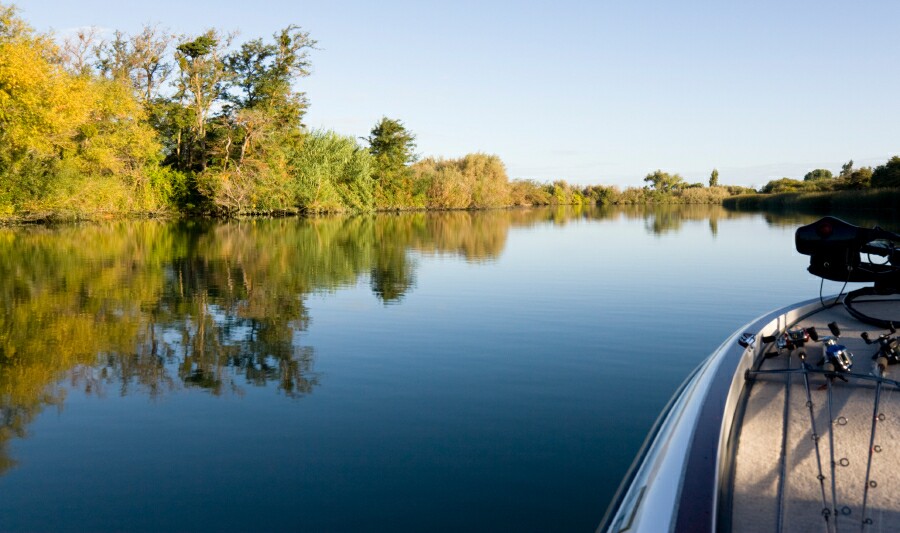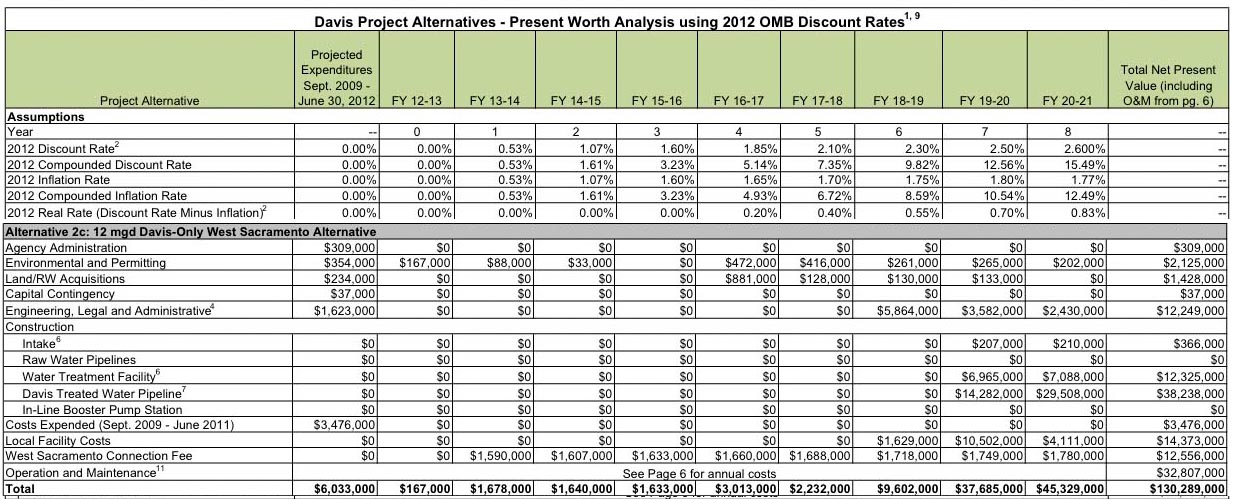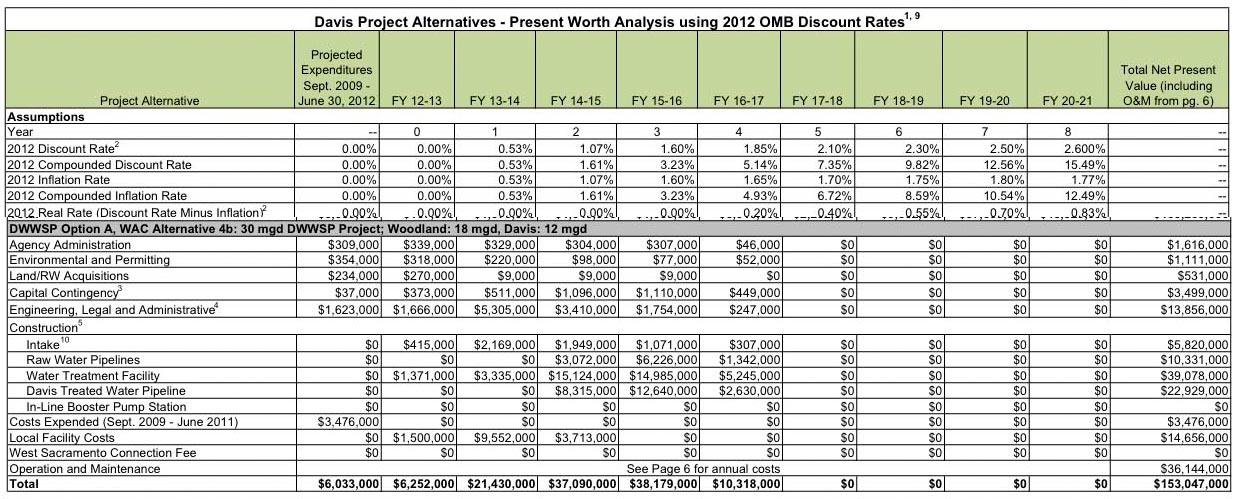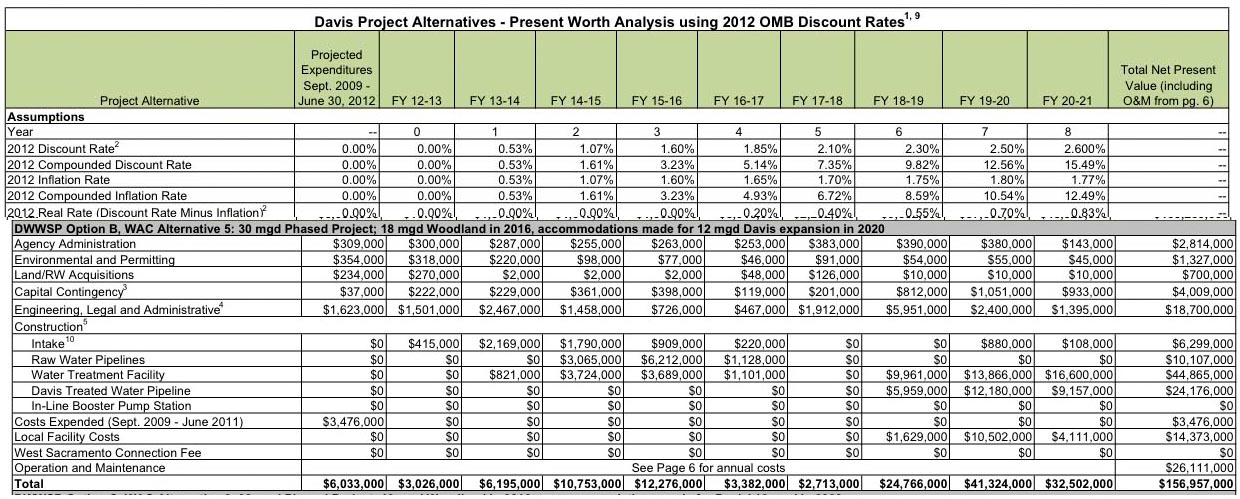 by Matt Williams –
by Matt Williams –
The lyrics below are by John Fogerty . . . and the opinions hereafter in this article are those of the author, who is a member of the Water Advisory Committee, but is writing here as an individual citizen.
Left a good job in the city
Workin’ for the man ev’ry night and day
And I never lost one minute of sleepin’
Worryin’ ’bout the way things might have been
Big wheel keep on turnin’
Proud Mary keep on burnin’
Rollin’, rollin’, rollin’ on the riverCleaned a lot of plates in Memphis
Pumped a lot of pain down in New Orleans
But I never saw the good side of the city
‘Til I hitched a ride on a river boat queen
Big wheel keep on turnin’
Proud Mary keep on burnin’
Rollin’, rollin’, rollin’ on the riverIf you come down to the river
Bet you gonna find some people who live
You don’t have to worry if you got no money
People on the river are happy to giveBig wheel keep on turnin’
Proud Mary keep on burnin’
Rollin’, rollin’, rollin’ on the river
Rollin’, rollin’, rollin’ on the river
Torturing musical metaphors , the initial line of Blood Sweat and Tears’ Spinning Wheel also capsulized last night’s WAC meeting. “What goes up, must come down.” We started the evening with the costs of six alternatives laid out in spreadsheets by Dianna Jensen with help from a subcommittee of Mark Siegler and Frank Loge. Thanks to a series of three motions by Helen Thompson (that were all passed unanimously) the alternatives were formally whittled down from six to three. Removed from further consideration were the following:
- Alternative 1: the originally proposed 40 million gallon per day (mgd) WDCWA Project sized with Woodland having 21.6 mgd and Davis: 18.4 mgd
- Alternative 2b: the 20 mgd West Sacramento Alternative for Davis Only
- Alternative 6 Option C: a 30 mgd WDCWA Phased Project with 18 mgd Woodland in 2016 with no accommodations made for Davis’ 12 mgd in 2020 (which means Davis would be buying back in to what would be a Woodland-only project at that time).
That leaves the following three options still on the table:
- Alternative 2b: the 12 mgd West Sacramento Alternative for Davis Only (no Woodland)
- Alternative 4b Option A : a scaled down 30 mgd WDCWA Project sized with Woodland having 18 mgd and Davis: 12 mgd
- Alternative 5 Option B: a 30 mgd WDCWA Phased Project with 18 mgd Woodland in 2016 with accommodations made for Davis’ 12 mgd in 2020.
The reasons for the eliminations were as follows
- Alternative 1, which has a revised Davis portion cost estimate of $184 million is simply too large and too expensive. The Demand Capacity analysis performed by Dianna Jensen that was presented to the WAC earlier in the meeting shows that Davis needs no more than 12 mgd to meet its needs through the year 2040.
- Alternative 6, which has a revised Davis portion cost estimate of $192 million is sized correctly based on the Demand Capacity analysis, but is simply too expensive.
- Alternative 2b, which has a preliminary Davis portion cost estimate of $178 million is too large in size and therefore too expensive.
The three projects still under consideration have current cost estimates of $130 million, $153 million and $157 million respectively. Each of those projects has a different risk profile, and some movement in the costs downward is expected as those risk factors are clarified, but it is safe to say that the citizens of Davis will not be spending as much as an additional $60 million as a result of the hard work of Staff and the WAC last night.
Members of the Referendum Leadership team were also in attendance last night, and they were smiling.
The following are the capital costs for the three remaining alternatives. As I said above, all these costs will more than likely come down even more as the WAC and Staff continue to do their due diligence.



1. What contract assumptions are involved in Alternative 2b? What has West Sacramento agreed to?
2. What conservation assumptions are built into these alternatives? Are those assumptions the same in each case?
3. Are there any significant costs associated in each alternative with expansion of facilities after 2040?
[quote]1. What contract assumptions are involved in Alternative 2b? What has West Sacramento agreed to?
2. What conservation assumptions are built into these alternatives? Are those assumptions the same in each case?
3. Are there any significant costs associated in each alternative with expansion of facilities after 2040? [/quote]
Matt can answer in more detail, but the answers to your very excellent questions are as follows:
1. No contract is as yet forthcoming between Davis and West Sacramento. Mayor Joe Krovoza and Council member Brett Lee plan to reach out to the City Council of West Sacramento, altho no meetings have been formally scheduled.
2. The state mandated conservation assumption of 20% by 2020 of 167 gpd is the only conservation assumption included in these cost estimates. The hope is that Davis could achieve 132 gpd as suggested by the NRC, and that West Sacramento can achieve more conservation with its installation of water meters, but such potential savings cannot be included in the estimates bc they have not yet been achieved.
3. Any expansions required after 2040 have not been included in the costs.
So, just to clarify. Alternative 2b, the West Sacramento option ($130 million), the cost includes a connection fee, and the infrastructure costs, but does not include a charge for the water itself? Would we not be buying water from West Sac on a unit basis?
Don. These numbers are going to be closely vetted and refined Let us know if you see anything that is missing or can be cut back
Excellent questions Don . . . and I really can not give you definitive answers beyond what Elaine has provided.
The members of the WAC and the public are all in need of additional drill down information on the West Sac alternative . . . information that I expect will be forthcoming in the next three WAC meetings.
With that said, although I did not get to vote last night, my vote would have been the same as the rest of the committee’s for the following reason . . . each of the eliminated options was a more flawed version of one of the retained options. Having Staff devote more time drilling down into those three alternatives made no sense. Much better to have Staff devote their time to the three retained alternatives.
To what degree do the smaller volumes of future water limit the growth of Davis? Were the larger volumes in the earlier plans the result of interests that wanted more growth in Davis?
GandG, answering your question isn’t simple. The useful life of the water treatment plant components is 25-30 years, so somewhere out in the future there will be an opportunity (no matter which option Davis chooses) to expand plant capacity in a fiscally responsible way. So, given that, the answer to your first question is probably “no.”
The answer to your second question really varies depending on who you are talking to. For the people who get immersed in discount rates and inflation percentages and bond terms, there is an argument that dollars spent today can (and will) be paid back by low enough value dollars that the cost of the added capacity is actually negative. However, others argue that discount rates and inflation percentages and bond terms can and do change over time, and spending money on capacity that might not ever be used is wasteful. So, my answer to your question is, “for the most part, no.”
Green: the JPA project was all about growth. Saylor’s pet project would have had us paying for 4x more water than we would need, and that was years from now
[quote]So, just to clarify. Alternative 2b, the West Sacramento option ($130 million), the cost includes a connection fee, and the infrastructure costs, but does not include a charge for the water itself? Would we not be buying water from West Sac on a unit basis?[/quote]
I checked with staff just to be sure, and what I was told is that the charges for water itself are included in the O&M (operation and maintenance) expenses.
[quote]To what degree do the smaller volumes of future water limit the growth of Davis? Were the larger volumes in the earlier plans the result of interests that wanted more growth in Davis?[/quote]
In my opinion, the growth issue is a red herring, and here is why:
None of the options necessarily limits growth. Davis can always add on capacity in the future – planning for the future is a wise thing to do. The WAC heard from an expert in Tracy (Steve Bayley) at its May 24th meeting, who strongly advised purchasing as much water/building as much capacity as possible within what the city can afford, and plan for the future so the city can add capacity if the need is there. You can hear his testimony in front of the WAC if you listen to the May 24th videotape. Water is becoming a very dear and scarce commodity, so a city wants to make sure it plans very, very carefully for the future so that it is not out of luck sometime down the road.
As to your second question, I don’t know the absolute answer, but my sense is that there was an attempt to build the best possible project, that would take care of all possible contingencies. I think various recapture strategies were built into it or contemplated, etc. It was a wonderful project, but an expensive one. The referendum gave the city the message that it might want to rethink buying such a fancy model, and stick with a more basic one to begin with and add on later and only if needed.
I’d like to affirm ERM’s comments re capacity…. the capital costs to acquire R/W for any given pipe is independent of whether the pipe carries 12 MGD or 20 MGD. The cost to construct the pipe for 20 MGD or 12 MGD is 10-15%, tops (in any event, you have the cost to dig the hole, bed the pipe, backfill, etc)… the only cost factor is the pipe itself, basically. The cost to design one of the pipelines, vs. the other is negligible. The ‘headworks’ including the treatment facilities, should be “right-sized” for projected design life of those facilities… but the design should keep in mind “expandibility” beyond the normal design life of the original headworks.
Anyone who strongly disagrees probably has other agenda(s).
Hpierce: The same forces that want an overbuilt water plant are the ones who wanted a nine lane freeway for the Richards entrance from Olive Drive into Downtown
We are not going to overbuild that water pipe. Trust me.
Apples and oranges, Mike. Try to stay on point here. I know it is hard, but try to make an attempt.